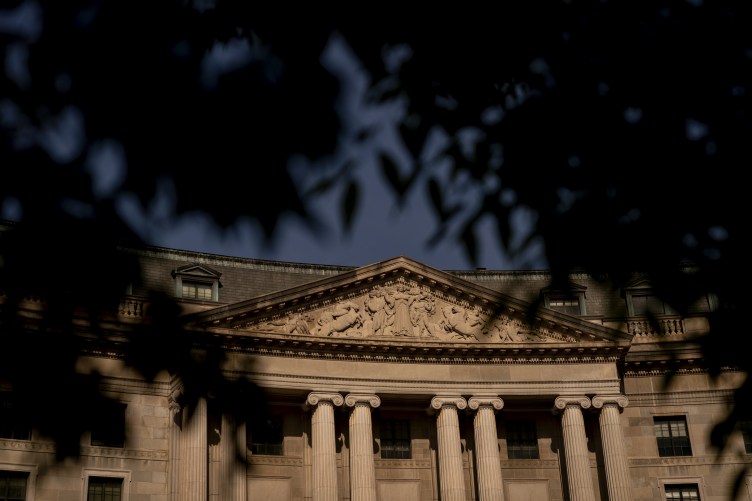The polls are open, and if past elections are any indication, voters will stand in line to vote, some for long periods of time. This isn’t always a sign of a trouble.
Researchers who study the issue broadly place long lines in two categories: a sign of problems at polling places or a sign of voter enthusiasm. Both can apply.
Average Wait Time for Election Day Voters in 2012
<figcaption>Source: "Waiting in Line to Vote," Charles Stewart III and Stephen Ansolabehere</figcaption>
But the impact of a long line can be powerful: It can discourage people from voting, even though in most cases voters in line at the time that polls close can cast a ballot. To make things more complicated, long lines have not been evenly distributed across states or even within them. So in a single county, different voters can have very different experiences.
One factor at polling places is the number of voting machines available for use. Think of a fast food restaurant — if there is a single register open, you’re more likely to wait to be served. Multiple voting machines (and polling place workers to speed the process) make it easier for more voters to complete their ballots.
The number of voting machines and polling workers varies because elections are mostly organized and funded by local government. There is no clear demographic profile of places that tend to have longer lines to vote, but “neighborhoods that have high minority populations tend to experience long waiting times for all voters in that neighborhood, regardless of the race of individual voters,” according to a 2013 paper by political scientists Charles Stewart III of MIT and Stephen Ansolabehere of Harvard.
A presidential commission recommended in 2014 that voters should wait no longer than 30 minutes to vote. We know that voters in some places will wait longer. If you are in a very long line, you can let us know by texting ELECTIONLAND to 69866.










